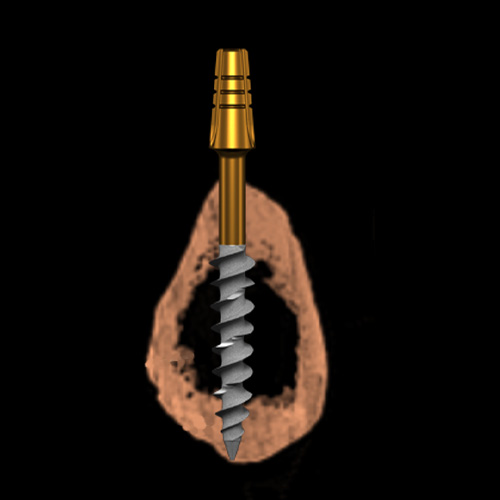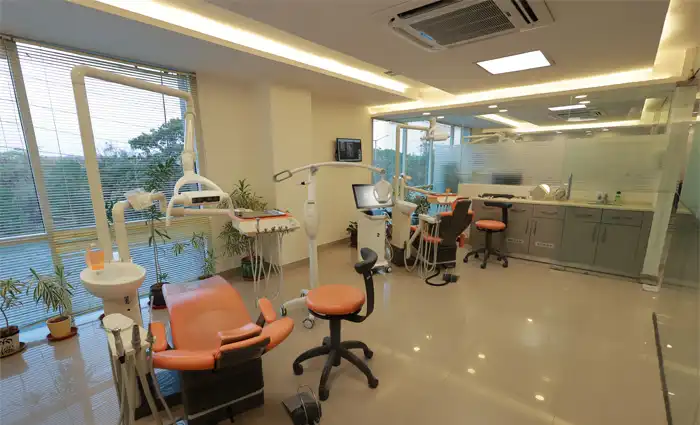Basal implants
Basal implants, also known as cortical implants, are the dental implants that engage the basal bone of the jaw. The basal bone or the cortical bone is the highly dense and stable bone found in the mandible and maxilla, under the alveolar bone. While the alveolar bone is spongy and less dense, the basal bone is hard and dense, providing better stability and support to the dental implants.
Many patients are ineligible for dental implants due to less alveolar bone available for anchoring the implants. These patients can benefit from basal implants, as the basal bone is dense and resistant to resorption.
How are basal implants different from conventional implants?
Here are some well-known smile design techniques that are commonly included in a comprehensive cosmetic treatment plan:
The basal implants are different from conventional implants in many ways:
Longer design
The basal implants are longer in length than the conventional implants to reach the basal bone.
Bi-cortical anchorage
The basal implants engage the two cortical layers of the basal bone, whereas the conventional implants engage only the uppermost cortical layer of the bone, promoting better stability.
Better force distribution
The basal implants provide an even and broader distribution of masticatory force, hence reduces implant failure.
Basal Bone Implant
Advantages of Basal Implants
Most of the patients who require dental implant restoration have compromised alveolar bone. It can be due to loss of teeth, advanced age, gum disease, prolonged use of dentures, or failed implants. In these patients, conventional implants may not be the best option as they need additional surgical procedures like bone grafts, and/or sinus lift to enhance the bone volume. These procedures are time-consuming, expensive and carries risk. Furthermore, the patients need additional time for healing of this grafted bone.
However, such patients can be benefitted with the use of basal implants. basal implants are anchored into the basal bone, which is resorption free and provides a stable and exceptional stability.
Fixing the new set of permanent crown/bridge onto the implants is called as loading of the implants. in conventional implant system, as the implants are anchored into the spongy bone, they require a healing time of several months, only after which the prosthesis can be fixed onto it. This is termed as delayed loading. During this healing phase, the patient is often without any teeth which can be embarrassing.
On the other hand, basal implants do not require this healing phase as they are anchored into basal bone. Therefore these implants are immediately loading with the final prosthesis in a span of 72hours, enhancing the patients satisfaction.

Indications for Basal Bone implants
ALL PATIENTS needing implant restoration are eligible for basal implants. These implants are, however, beneficial for patients with severe periodontal disease, extensive bone resorption, or those who have previously undergone unsuccessful implant treatments. Basal implants are also good options for individuals with systemic conditions such as diabetes or osteoporosis, where bone healing is compromised, and conventional implant procedures might pose higher risks.
Expertise of Implant Surgeon
Basal implant procedure is highly technique sensitive and its success depends upon the proficiency of the surgeon. A thorough understanding of the bone anatomy is very important to place the implants into the basal bone. placing the implants is a flapless procedure and requires precise drilling into the bone. therefore, careful consideration is to be done in choosing an implant surgeon for your dental implant restorations.




